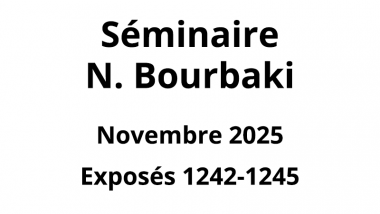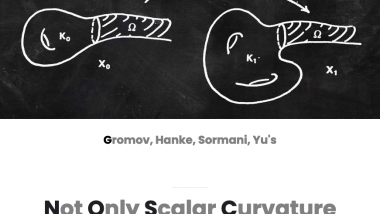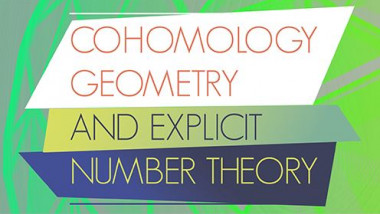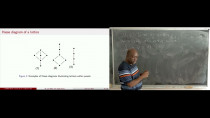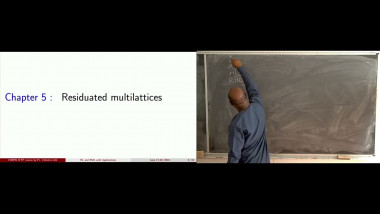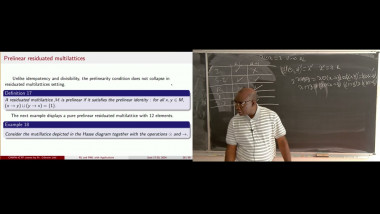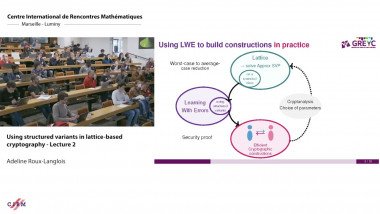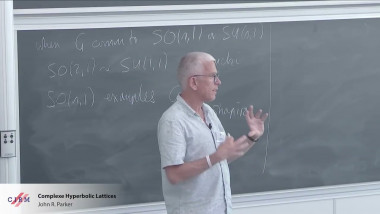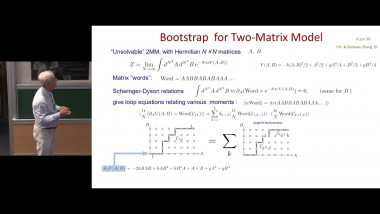Residuated Lattices and Residuated Multilattices with some Applications (2/4)
A lattice is a poset in which every pair of elements has a l.u.b and a g.l.b. Several generalizations of lattices have been investigated in the literature for their applications, most notably in the area of fuzzy logic programming, coding theory, data management and Formal Concept Analysis. Various special residuated lattices are now used at the main structure of true value in fuzzy set theory and are subject to intensive algebraic investigation. Some of these generalizations include hyperlattices , nearlattices, multilattices, and more recently residuated multilattices. Roughly speaking, multilattices are an extension of lattices by allowing multiple suprema and infima subject to a universal property. A residuated multilattice is a partially ordered commutative residuated monoid (a.k.a pocrim) whose poset is a multilattice. In other words, residuated multilattices combine in a delicate manner the pocrim and multilattice structures on the same set. Therefore residuated multilattices generalize both residuated lattices and multilattices. Cabrera and al, the laid the ground work on the topic by introducing the main properties and also studying filters within the new framework.The course focuses more on residuated lattices and residuated multilattices. The concept of residuated lattice was introduced by Morgan Ward and Robert P. Dilworth as a bounded lattice on which two operations forming an adjoint pair are defined and for which the underlying set together with one of these operations forms a commutative monoid. Various special residuated lattices are now used at the main structure of true value in fuzzy set theory and are subject to algebraic investigation. It is an important tool for the development of artificial intelligence, computer sciences and algebraic logic. One of the original motivations for the study of residuated lattices and residuated multilattices is their great importance in applications, particularly in fuzzy control, uncertain modeling, graph theory, coding theory , data visualisation and analysis. The course is organized as follows. In chapiter 1 , we will recall the required background on lattices and multilattices. In Chapter 2, we will study residuated lattices with many concrets examples, Chapter 3 will be focuses of residuated multilattices, the last chapter will be on some application on real-life problems.
